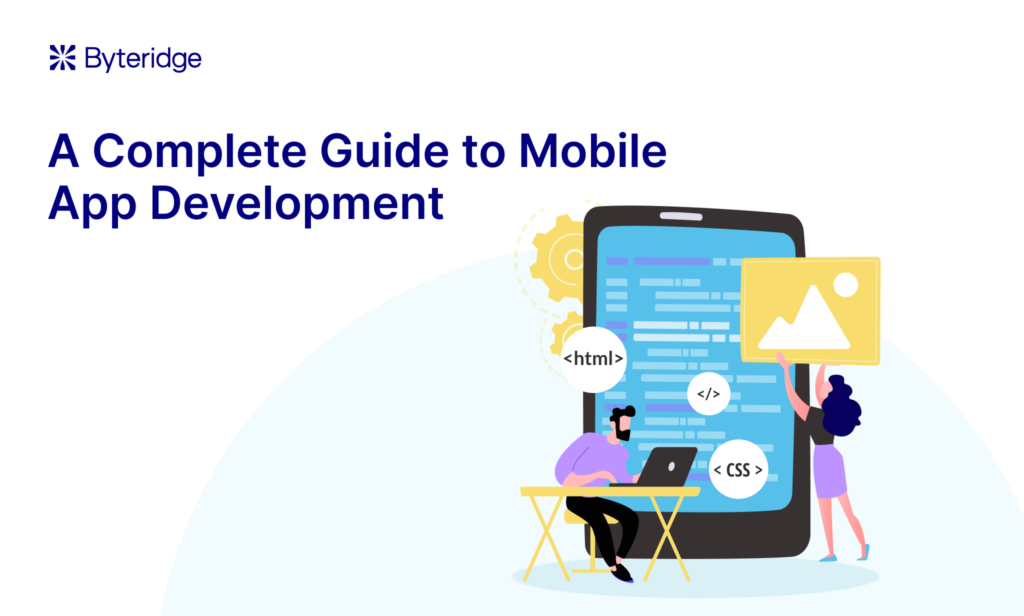Table of Contents
Introduction
Living through the lockdown(s) and craving travel, the Product team at Byteridge brings a product idea to enhance the travel experience for individuals having the Wanderlust Bug.
We are going to break it down in the following manner
- Voice of the customer
- Competition and what is being provided
- Identify Target Users
- User journey and their pain points
- Ideate on Features
- Roadmap and Prioritize
- Risks
- Tech stack
- Final thoughts
Travel Industry – Voice of customer
We heard you! The travel industry is picking up pace post the lockdowns and we see some trends are picking up
- Experiences (Local/ unique)
- Solo travel
- Responsible Travel
Various reports from the industry like hashtag usage on social media, Booking.com, McKensie, and responsibletravel.org have made us believe that these are the top three items which are on the rise over the last few years prior to the travel restriction situation we faced.
Competition and what is being provided
To meet the cravings of the travellers there are various products/ product features have been introduced
Experience Economies:
- AirBnb Experiences: Local things to do and allowing local economies to build
- Withlocals: Book private tours and activities with locals around the world
- Agoda Activities for local experiences
- Google Explore: Whats happening around me
Travel Applications:
- TripAdvisor
- Expedia
- Credit card services for travel
- Airlines and travel applications
Traditional Travel Agents:
- Big and small agencies for booking trips and travel
There are many players at various levels of travel services to meet the needs of travellers.
Let’s dig a little deeper and see if there really is a need
Identify Target Users and their pain points
For the sake of this writeup let’s look at the following user types (limiting scope).
- Weekenders – shorter travels
- Solo
- Group (Friends and family)
- Vacationers – longer travels
- Solo
- Group (Friends and Family)
- Workcationers
- Solo
- Group (colleagues)
User journey and their pain points
Thinking about travel we naturally tend to do the following
- Discover – Deciding where to go and what to do and when to go
- Plan – Planning the trip how to go, where to stay, where to get things like needs ie food, entertainment, sustainability etc
- Activate – Booking, Booking, Booking – Travel, stay and activities
- During the trip – Access to tickets and bookings, Locations, directions
- Post-trip – Make memories, collate photos, final expenses and sustainability
Let’s quickly put the pain points together
| Discovery | Planning | Activation | During the trip | Post Trip | |
| How users meet their needs now | Asking friends, reading reviews etc. and travel blogs | Using travel aggregators or agencies to do bookings etc. | Aggregator websites and ask travel agencies to do bookings | Remembering the itinerary, setting up reminders manually or google services to identify them for you | Editing videos, posting on social media |
| Current Pain Points | AI-enabled personal and group likes and dislikes, Reviewing authenticity and highlighting issues, Determining | Pricing transparency, access to the tickets and itinerary. Planning stops, distances etc for shorter by-road travels | Too much back and forth to decide on timings and people’s needs | Access to tickets, Smarter and timely notifications, Spontaneous potential things to do | Time-consuming, delays as we get busy with daily schedules |
Looking at the pain points that are listed under each item there seems to be a laundry list of features that can help bridge the gap and serve the users in a hassle-free trip experience.
Ideate on Features
Largely thinking and putting a little thought on the pain points we see the following features emerging
| Journey Step | Feature Name | Impact to User | Complexity | Remarks |
| Dicovery | Create User profile capture preferences | High | Low | |
| Dicovery | Use data from other sources to build preferences | High | Medium | |
| Dicovery | Create trips through recommendations or on demand | Medium | High | |
| Dicovery | Add people to trips and share trip ideas with the group | Medium | Low | |
| Discovery | Multiple trips with a trip having multiple ideas, voting within the group | Low | Low | |
| Discovery | AI Enabled recommendations in terms of user preferences, reviews, and travel date ideas | High | High | Recommendation Accuracy |
| Planning | Smart recommendations using user preferences, additional information, historical choices. Considering pricing preferences, location preferences | Medium | High | Recommendation Accuracy |
| Planning | Checkpoint recommendations and stops recommendations | High | Medium | |
| Planning | Downloading maps for hard to reach areas | Medium | Low | Map provider downloading maps for the journey |
| Activation | Itinerary-based booking considering timings and receiving and filing booking confirmations in the trip folder | High | low | Integrations with external providers for booking and payments |
| During the Trip | Smart notifications considering time to reach an appointment | Medium | High | |
| During the Trip | Access to booking confirmations and tickets for individual and group | Medium | Low | |
| During the Trip | Spontaneous activity recommendations | Low | Low | |
| Post Trip | Create curated memories, timelines and collages and the sustainability score for the trip to brag about | High | Medium |
* Please note the Impact and Complexity are many a times subjective
Roadmap and Prioritise
Phew! That’s a long list of features based on the concepts discussed in our Product roadmapping and Product prioritization thoughts we will use the impact and complexity to see what our MVP would be
Priority 1: All High and Medium Impact and Low Complexity
Priority 2: All High and Medium Impact and Medium Complexity
Priority 3: All High and Medium Impact and High Complexity
Priority 4: All Low Impact and Medium and Low Complexity
Priority 5: Remainder
As for the Product Roadmap, we will logically club or treat these as individual items and a rough engineering sizing will provide a great timeline which can represent what is happening and when. in terms of development, Go to Market, recruit focus group, beta release, User testing, User recruitment and final release.
Risk
Providing these features could potentially have some unwanted impacts
- Is this optimally solving a problem needs to be tested
- Spontaneity has compromised, a flavour has been added in case time permits
- Trip may not be the right one potentially there could be better-referred trips based on price or experience
Final thoughts
The features truly seem to provide a holistic travel planner, travel manager and travel wallet product. For a product to survive and continue to provide its benefits to the users it needs a revenue stream (we didn’t elaborate on this as we will work towards acquiring, engaging and retaining users) which in this case can be generated through profit sharing with travel sites and agencies, selling prefered spots and priority in recommendations.
Finally, we would have loved to discuss metrics around L1 L2 metrics, the Northstar metric and the business-specific metrics which we will cover in a separate blog.








